Red pandas are sweet looking, unobtrusive and stunning mammals that live in the mountainous forests in the Himalayas. With their lustrous and vibrant reddish brown fur and round sweet faces; they have the vague appearance of a fox rather than a Giant Panda. Here’s more about a mysterious animal that my boyfriend and I fell in love with after a trip to the Auckland Zoo.
They love Splenda and Equal
Strangely enough red pandas adore fake sugar. A 2009 study by the Journal of Heredity identified that red pandas enjoy the fake sugar in artificially sweetened water. They are the only non-primate species known to be able to taste aspartame. This ability was previously only thought to exist in Old World monkeys, humans and apes.





They have many other names
Although it shares its name with the giant panda Ailuropoda melanoleuca, the red panda name is a misnomer. These cute little balls of fluff have more in common phylogenetically with the pinniped (seals, sea lions, walrus) and mustelid (weasels, skunks, otters) families rather than the giant panda. Their scientific name Ailurus fulgens means fire coloured cat. To further add to the confusion, Nepalese sherpas call them variously ye niglva ponva or wah donka.
English naturalist Thomas Hardwicke also wanted to call them wah, when he discovered the red panda in the Himalayas in 1821. Hardwicke presented them as wah to the Linnean society in London. In a distinguished presentation entitled ‘Description of a new Genus of the Class Mammalia, from the Himalaya Chain of Hills Between Nepaul and the Snowy Mountains’. He argued that the animal should be named this because of the curious sound it makes. Something akin to a yodelling drunken cat.
They make a quark-snort
Scientists have called the sound they make twittering and quark-snorting. These people obviously have a decent sense of humour. According to researchers at the National Zoo, twittering is a gentle way of signifying readiness to mate a.k.a panda flirting.
They are herbviborous carnivorans
Red pandas belong to the Order Carnivora. Carnivorans have bodies adapted to eating flesh: large sharp teeth and powerful jaws. Although many carnivorans such as bears and red pandas also feast primarily on plant matter. Red pandas can be tempted by bamboo shoots, fruit, flowers and the odd egg or bird. This makes them a nightmare to invite to a dinner party in the forest. Another carnivoran who is primarily herbivorous diet is the binturong, the funny-looking bearcat that smells uncannily of popcorn.
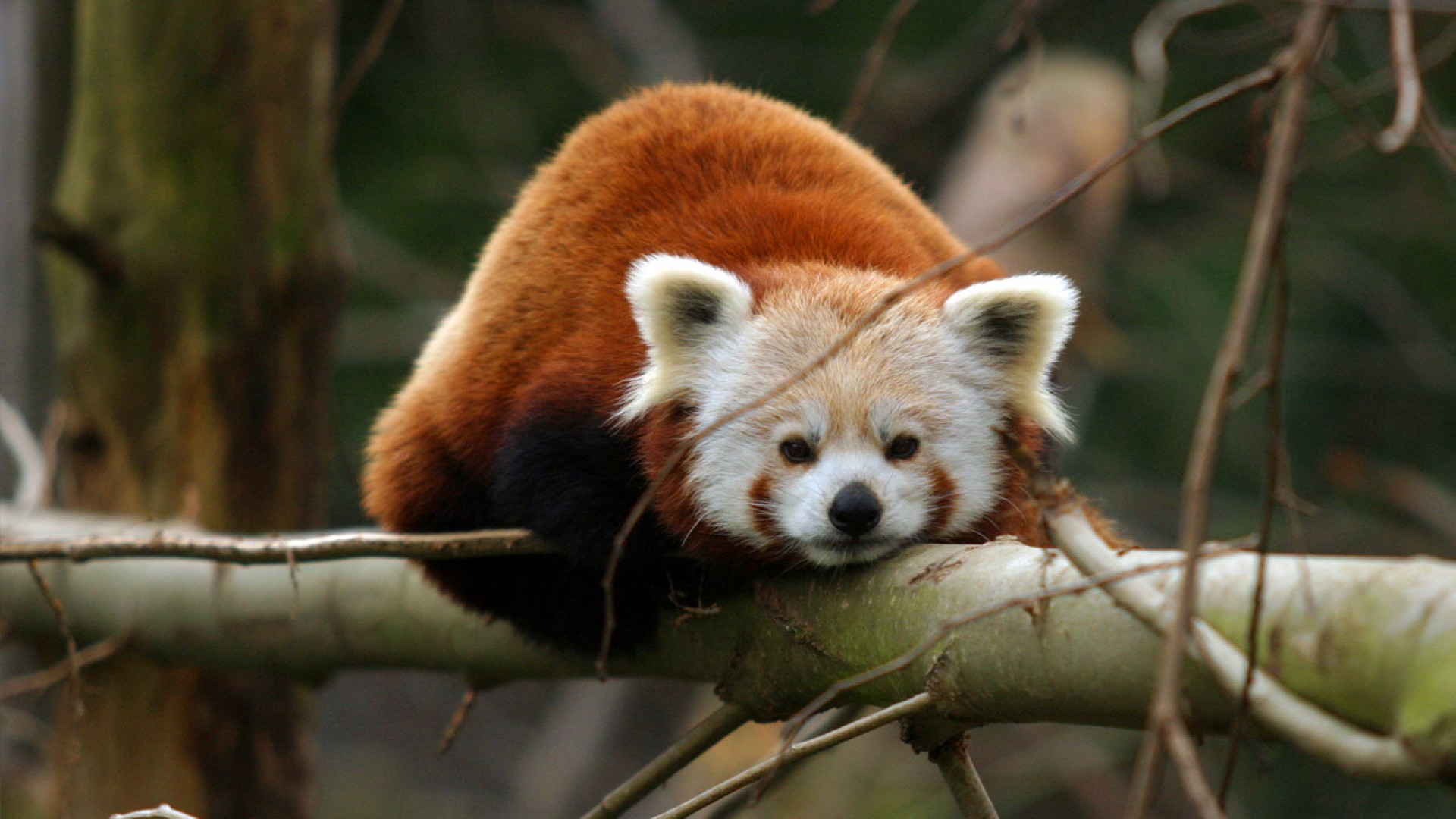
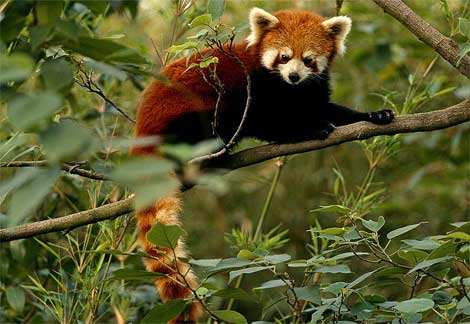
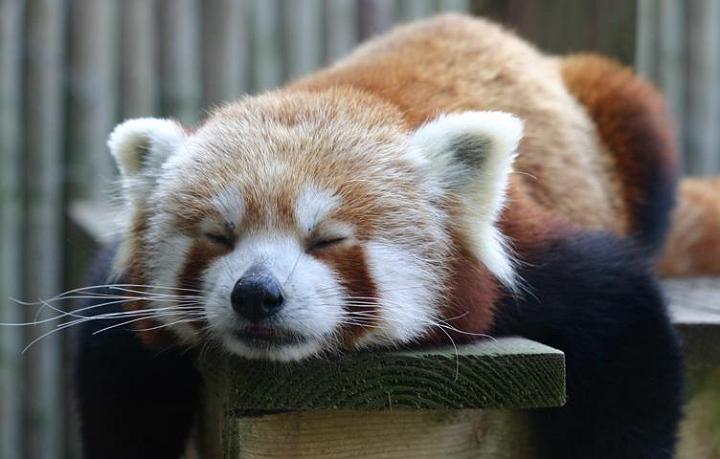


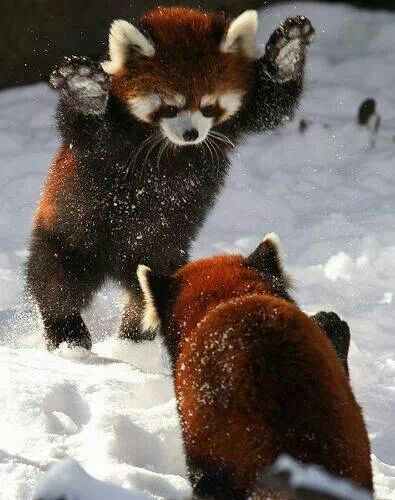
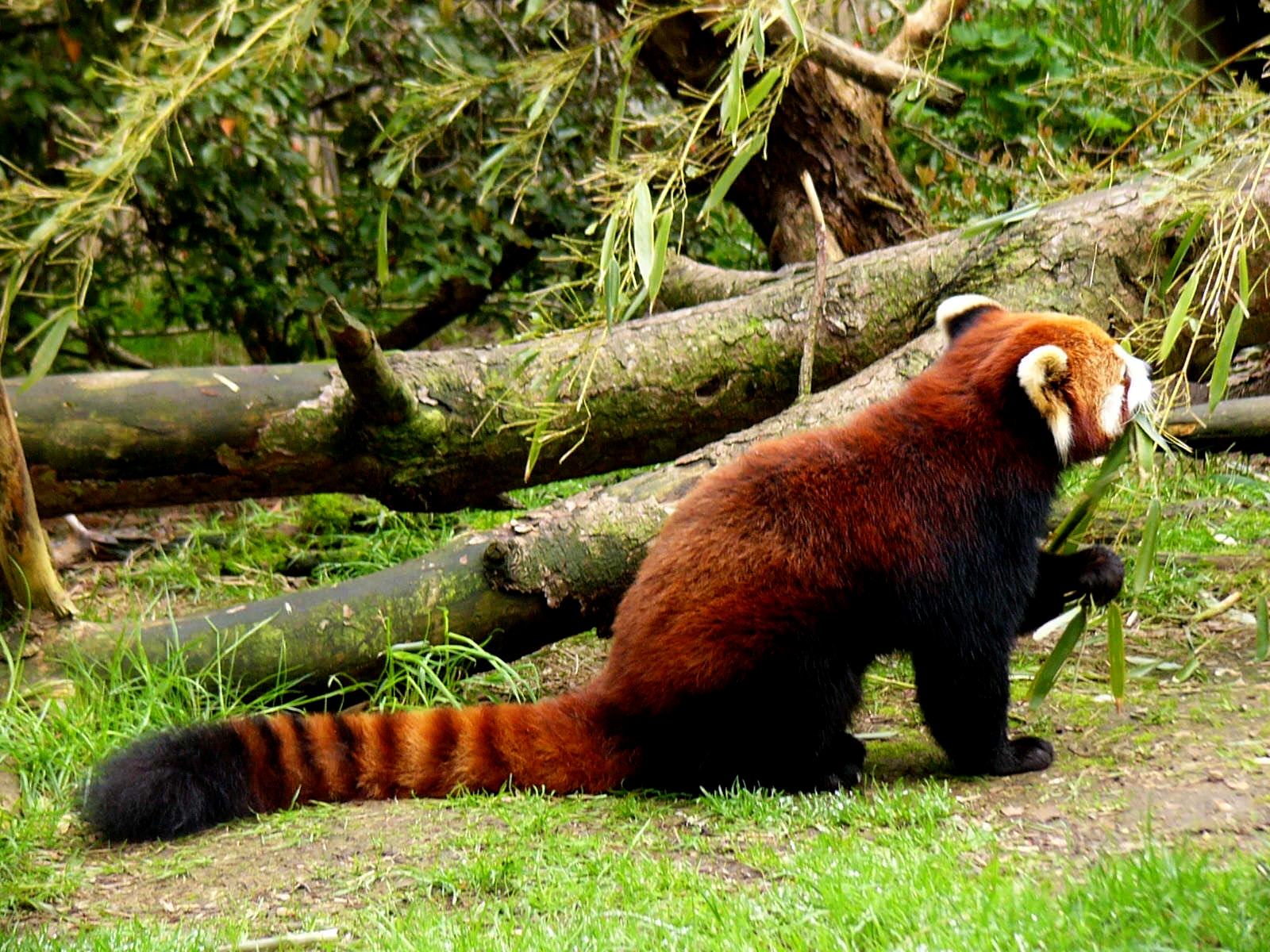
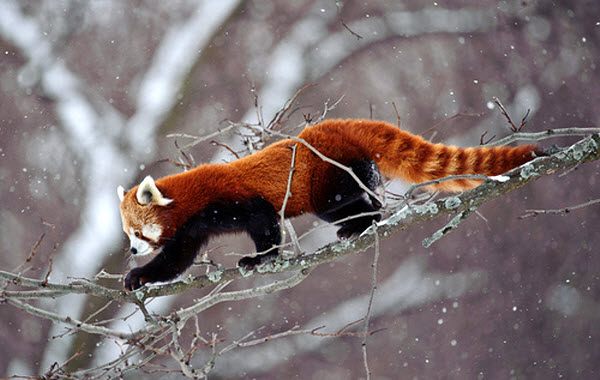
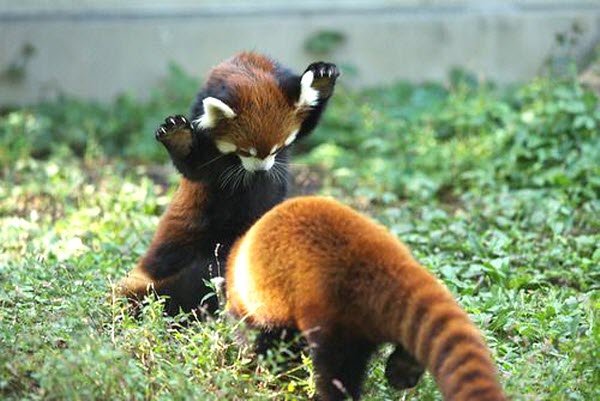

They compete with cheese factories
Red pandas live in the mountainous forests of Myanmar and the Sichuan and Yunnan provinces of China. Two sub species are separated by the Himalayas. With Ailurus fulgens living to the west in Nepal, Assam, Sikkim and Bhutan. And Ailurus styani living in southern China and northern Burma, east of the mountain range. They survive on the thick bamboo foliage at high elevations above 2,200 metres. At similar elevations and habitat conditions in New Zealand, we can find the Kea, a gloriously colourful parrot.
In Nepal’s Langtang National Park there are around 40 pandas that live in the area. Quite problematically, there are also cheese factories in the area. To produce 14,000 kg of cheese per year farmers keep chauri, a native cow allowed to graze in the national park. Competition between the chauri and red panda, and threats from farmers and dogs, has led to a dwindling population.
But they do have a species survival plan
Although listed as vulerable, the red panda is protected in all countries except Myanmar. A breeding programme involving more than 30 zoos around the globe has managed to monitor and control their dwindling numbers in the wild.
More info
Scientific American: Red Pandas
Do you love red pandas like me? Let me know what you think.
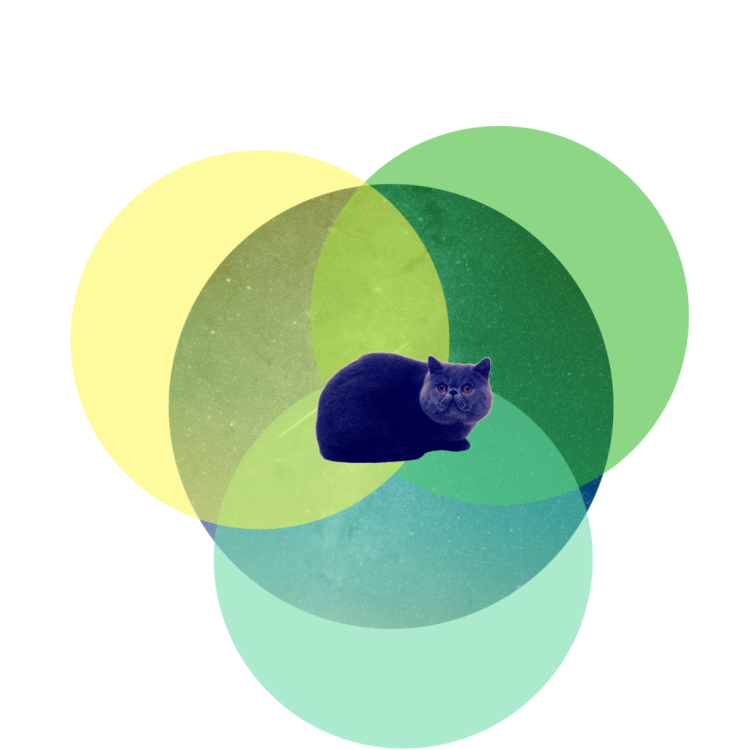

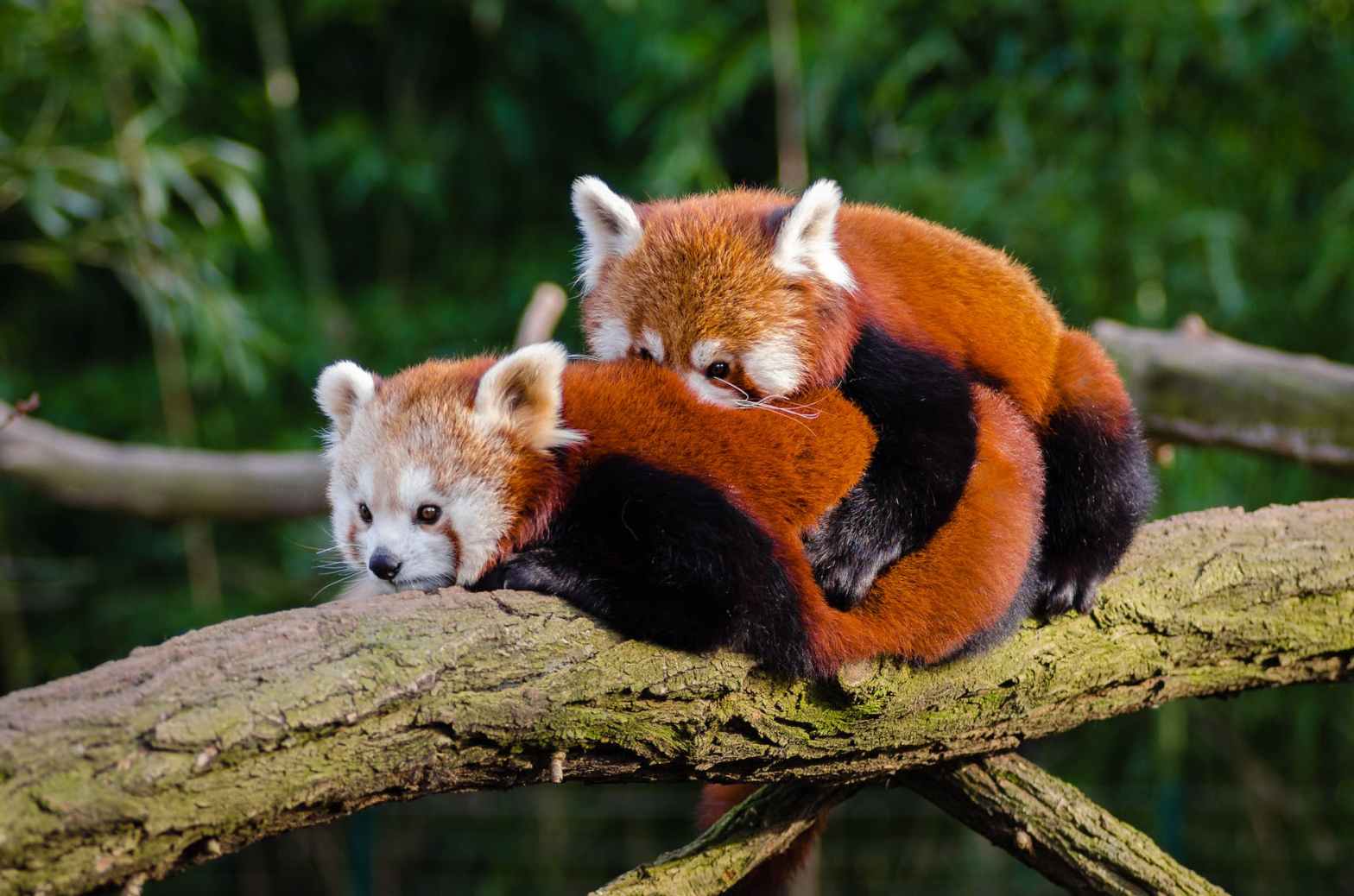
I adore red pandas! Maybe we should plant a bamboo forest in our colder areas of NZ?
LikeLike
I think so! So long as it doesn’t distrupt the native plants and ecology too much. Bamboo forests look totally amazing, the really tall ones. I think that’s the first step to releasing red pandas into the wilds of NZ, that would be cool.
LikeLike
I just found your blog about amazing recipes and design and long eared creatures – your blog/you are awesome 😀
LikeLike
*blush* thank you.
I love bunnies but still have a special place in my heart for other furries. Oh and FOOD. :p
LikeLike
Cool, well I have to write more things about other fluffy creatures. Shame NZ doesn’t have any endemic mammals. Do you like keas? I saw some at the zoo, super cheeky and playful
LikeLike